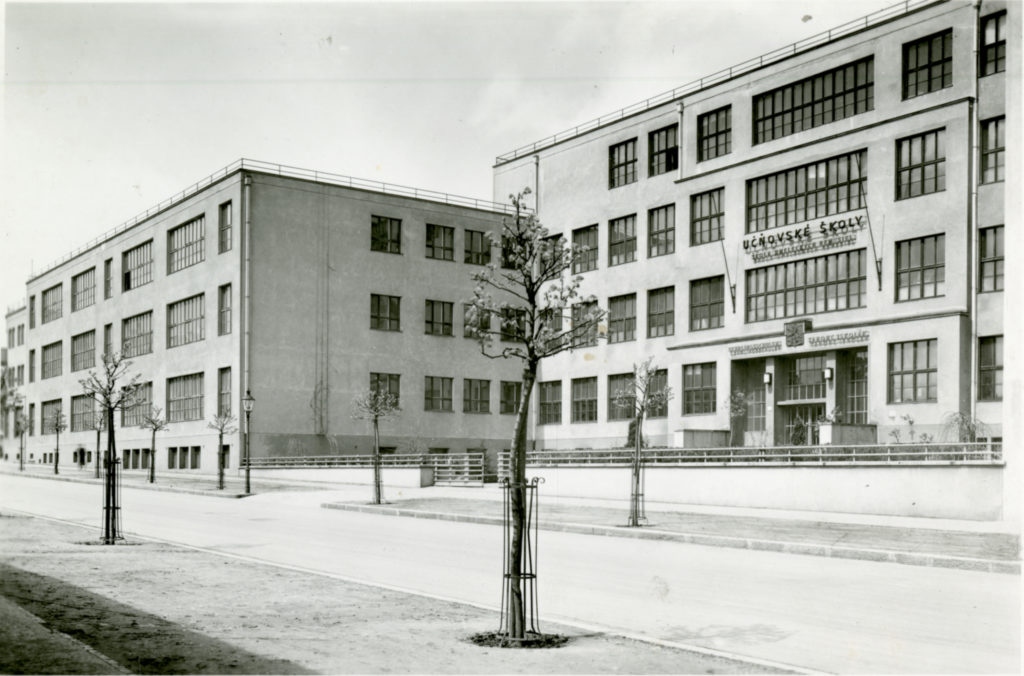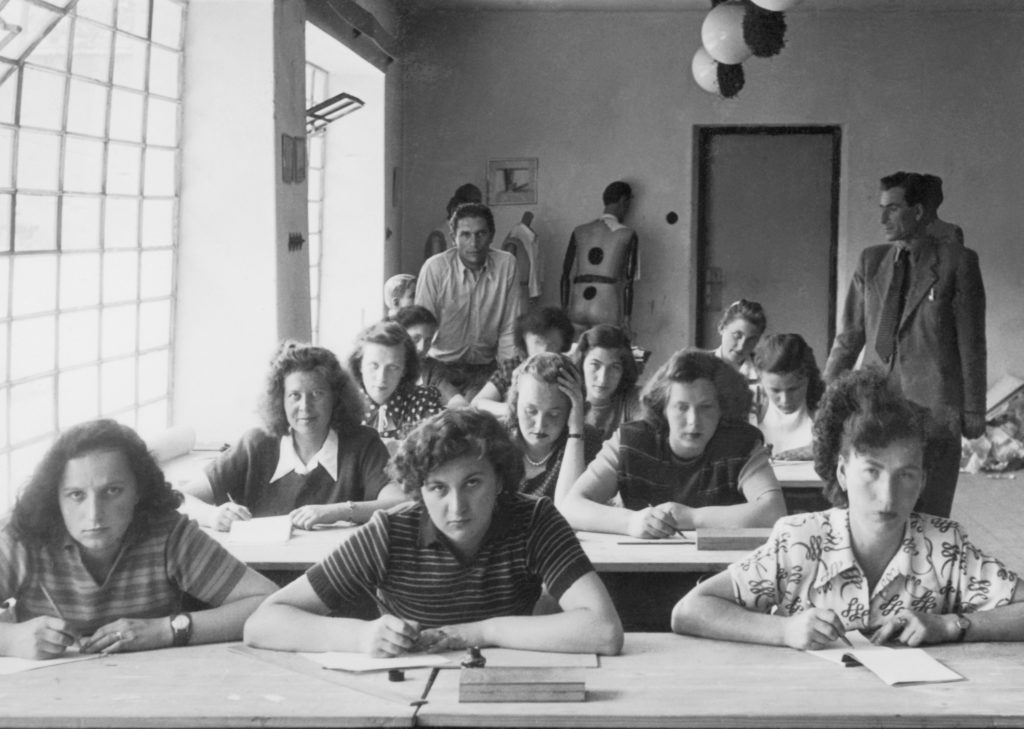Established by the artist and art theorist Josef Vydra (1884–1959) and civil servant Antonín Hořejš (1901–1967), the School of Arts and Crafts (ŠUR), a new heart of the Czechoslovakian avantgarde, evolved in Bratislava from 1928 to 1939. Much like the Bauhaus, the school aimed to train young designers in the crafts, in industry and advertising and thus bolster Slovakia’s nascent modernisation.
Following the collapse of Austro-Hungary in 1918, a reform of the schools of arts and crafts in the fledgeling democratic Czechoslovakia was driven by a close cooperation between the arts, crafts and industry. Supported by the Ministry of Commerce and Industry and later also by the Ministry of Education and National Culture, the ŠUR aimed to train modern designers in order to connect Slovakian industry to the international market and, at the same time, do away with the ‘artistic precariat’. Vydra received the necessary political support on both ideological and technical fronts, thus did not have to contend with existing structures or conservative colleagues, and successfully set up an educational model that reflected its international forerunners.
As a leaseholder in a state-run industrial school, ŠUR opened in November 1928 with evening classes. These were largely maintained along the same lines until the school’s closure in 1939. In 1930, ŠUR relocated and became affiliated to a local vocational school which shortly before had moved into a functionalistic new building. Vydra was appointed director of both schools.
Classes were offered in painting, graphic design, photography, pottery, fashion and textiles, metal and wood work, shop window installation design and film. There were also special courses for children. A close collaboration with industry gave the ŠUR the necessary latitude in its teaching. The tutors were mostly young, progressive designers from other countries or with international experience. Bratislava hosted public exhibitions and lectures and the ŠUR participated in international exhibitions such as the Brussels International Exposition (1935), the International Exposition of Art and Technology in Modern Life in Paris (1937) and conferences. Guest speakers included László Moholy-Nagy, Jan Tschichold and Hannes Meyer. The teaching was likewise inspired by Josef Albers, with whom Vydra stayed in touch until the closure of the ŠUR.
In 1938, the Czech tutors at the ŠUR (including Vydra) were forced to leave Slovakia. Ľudovít Fulla, the head of the painting class, subsequently took over as director but was unable to prevent the school’s demise. The new, totalitarian Slovakian state (1939–1945) had no interest in progressive, transculturally-orientated education. As a result, the ŠUR was permanently closed on 1 October 1939. Due to the 1948 takeover of a regime orientated on the Stalinist model, it was not possible to revive the ŠUR, even after the Second World War.









